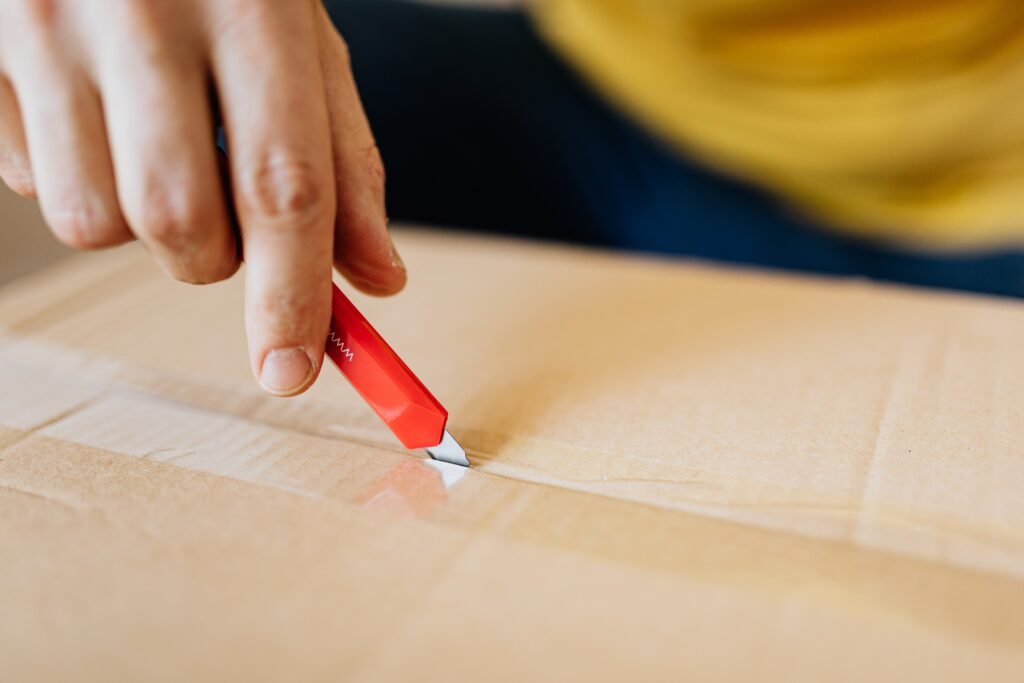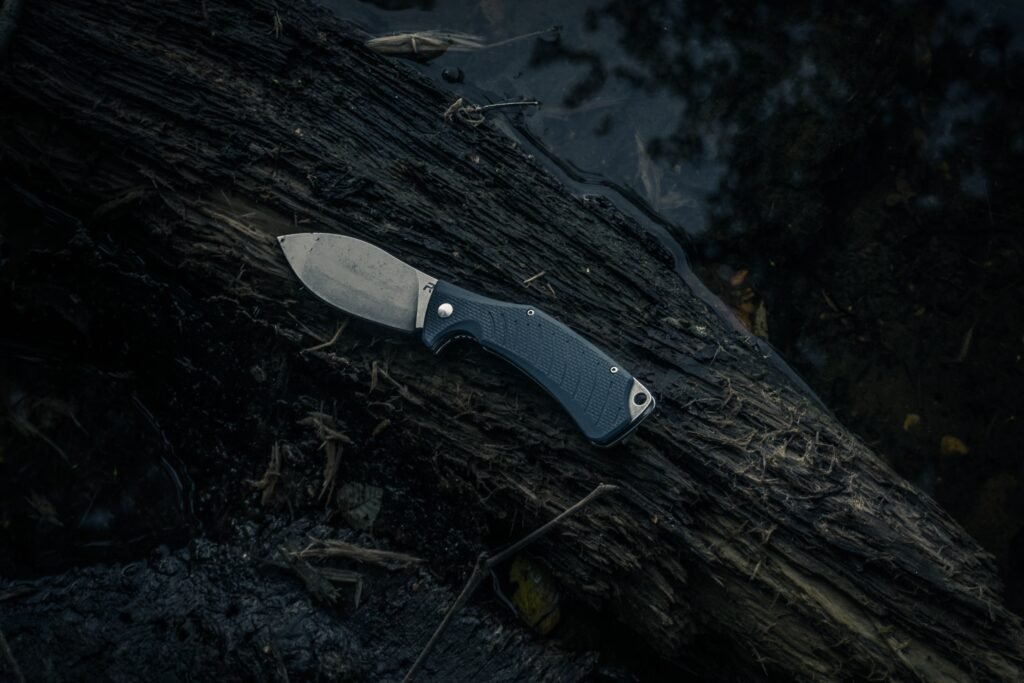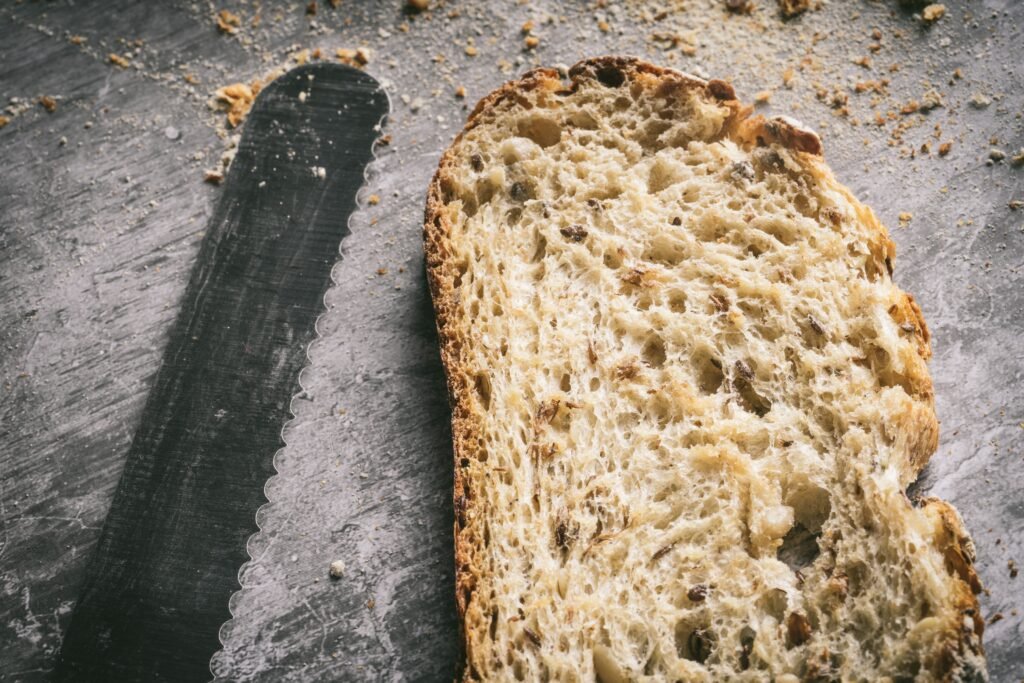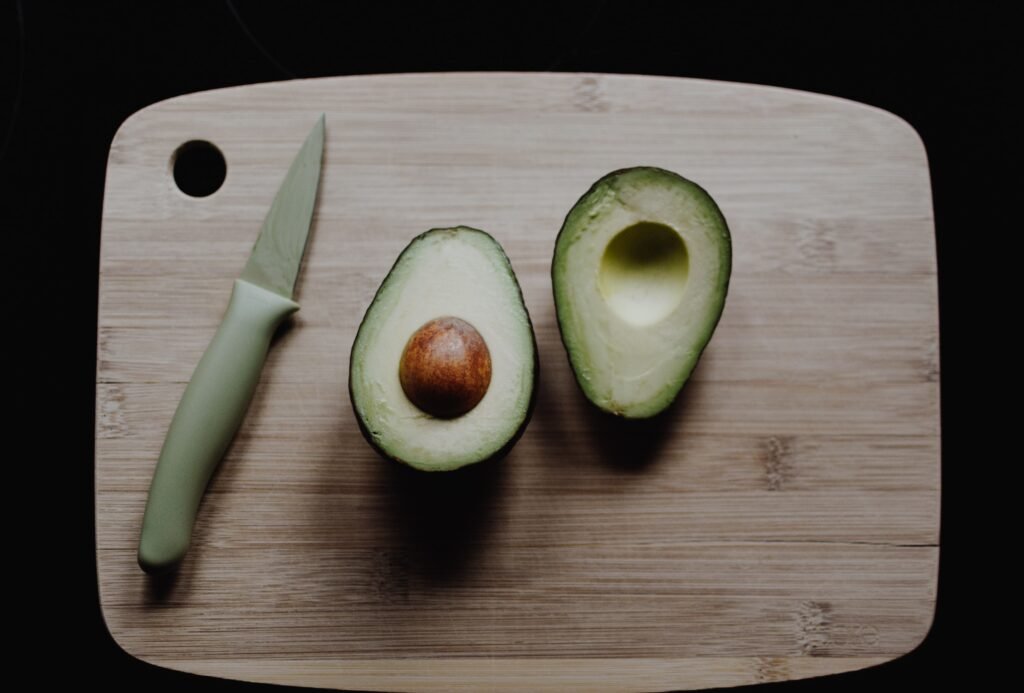
Some 4000 years ago, before the fire and all its glory, man only had a knife to survive. It was simple, carved out of stone, but it was still cutting edge at the time. It gave us an advantage over all animals, and to this day, it still reigns supreme as a survival tool.
A kitchen without a knife wouldn’t count as a complete kitchen. These tools play a role in the creation of every dish. The kitchen knives are a big industry currently valued at USD 1.17 billion globally.
A man without a pocket knife is a man that finds no help when he needs it. When fixing bulbs, smoothing wood, or chopping onions in the kitchen, pocket knives are just as efficient as other powerful high-tech appliances.
Behind pocket knives is a billion-dollar market set to grow by 2.7% in the run-up to 2026.
The Knives that make great men
The Chef’s Knife

You might be good in the kitchen, but with the right chef knife, you can be great. These knives are used in slicing, chopping, mincing, and many other food preparation operations.
You will know it’s a chef knife if it has a broad blade tapering upwards. The design facilitates faster and easier back and forth motions in cutting and mincing. Most of these blades are never more than 10 inches long.
Choose a chef’s knife that feels right in your hands. If you have bigger hands, choose a bigger knife.
The Utility Knife

When you have to chop onions or other small food items, the knife for the job is the utility knife. It is smaller than the chef’s knife. Some designs get to 4 inches.
When shopping for utility knives, pay emphasis on the steel. Harder steel blades can retain sharpness for longer and enhance your experience in the kitchen.
The blade design should be narrower than the chef’s knife. The tip should be small as well. These aspects optimize the knife’s functionality in filleting, trimming, and slicing.
Pocket knifes

The dominance of knives in our lives certainly transcends the kitchen. Although pocket knives can be used in the same manner as a utility in the kitchen, you will find them more versatile for DIY and outdoor applications.
You can use these knives for cutting fruit, opening packages, shaping, carving, and pretty much anything. To buy a great quality knife, consider factors such as weight design. The best pocket knives are light as a feather. They are stylish and feel right in your hand.
Kitchen Shears
They are not knives as such, but they are super convenient to have around the house. Kitchen shears have thicker, stronger blades that could help you handle the hardy types of food materials. You can use shears to section chicken, clean shrimp, or prepare kale. The applications are endless.
When shopping for kitchen shears, consider balance, handle comfort, and blade size. The recommended blade type is carbon steel—this holds an edge better than other materials. The best designs have detachable blades for better cleaning.
The Boning Knife

New to the kitchen? Well, you need a boning knife for filleting fish or separating any other meat from a bone. Some boning knives are multifunctional and can be used for preparing veggies as well. Your ideal boning knife should be between 3 and 8 inches long.
Choose a boning knife with flexible design and better handle to allow you to remove the meat following seamlessly on the bone contours. Consider semi-stiff designs for larger pieces of bone and Flexi designs for smaller pieces.
The Bread Knife

You can’t live without bread, and you can’t certainly live without a bread knife. These knives are designed specifically for slicing bread and cakes. They can sometimes be used in cutting meat, seafood, and poultry as well. The best bread knife design facilitates effortless cutting through big chunks of food.
Your typical bread knife should be about 8 inches long. It should be serrated.
The Cleaver Knife
This is perhaps the bulkiest of all kitchen knives. It’s made for slicing through bones and tougher meats. The best cleaver knife design should be a heavy and wide blade design with a finger guard for safety.
In some models, the finger guard is part of the handle, while in others, it drops down along the heel of the blade.
The Paring Knife

This is a specialty knife used for peeling foodstuffs. The knife is typically 4 inches long and has a pointed tip. It is designed for cutting small items with a high level of precision.
The best paring knife has a curved edge. It is super lightweight and feels easy in the hands when handling delicate food items. When buying these types of knives, you might want to choose a design with a longer blade –these knives can be used as boning knives or steak knives as well.
Choose the right knife, maintain it well, and it’ll make you great in the kitchen and beyond.



